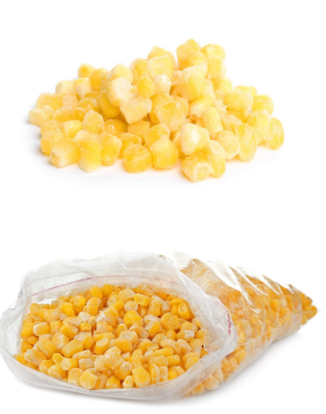The CFIA issued a recall on December 14 and 19 for Alasko brand frozen whole kernel corn and a secondary recall for Fraser Valley Meats brand frozen whole kernel corn on December 18. Several additional secondary recalls were issued for products made using the recalled Alasko frozen whole kernel corn. This notice has been updated to communicate the outbreak’s source and reflects 26 additional illnesses. There are now 110 Salmonella illnesses reported across 5 provinces (British Columbia (42), Alberta (49), Saskatchewan (4), Manitoba (13), and Ontario (2)). Based on the investigation findings to date, the outbreak is linked to Alasko brand frozen whole kernel corn. As part of the food safety investigation, the CFIA collected food items from restaurants where ill people dined. Traceback findings identified Alasko as the common brand of frozen corn consumed at various foodservice establishments by individuals who became sick. The illnesses reported in Ontario are related to travel to Alberta and British Columbia. Individuals became sick between early September 2021 and late December 2021. Four individuals have been hospitalized. No deaths have been reported. @ https://www.canada.ca/en/public-health/services/public-health-notices/2021/outbreak-salmonella-infections.html



